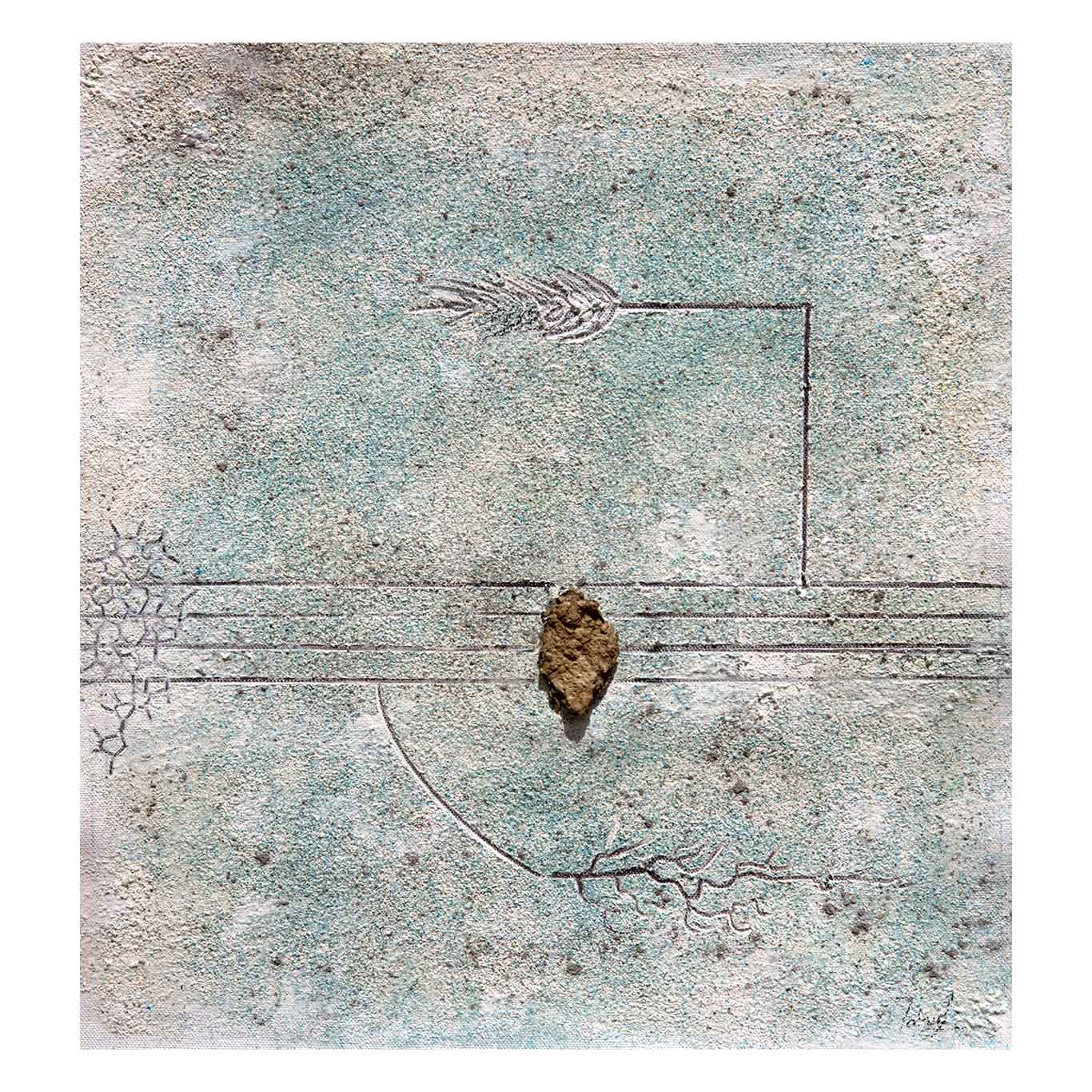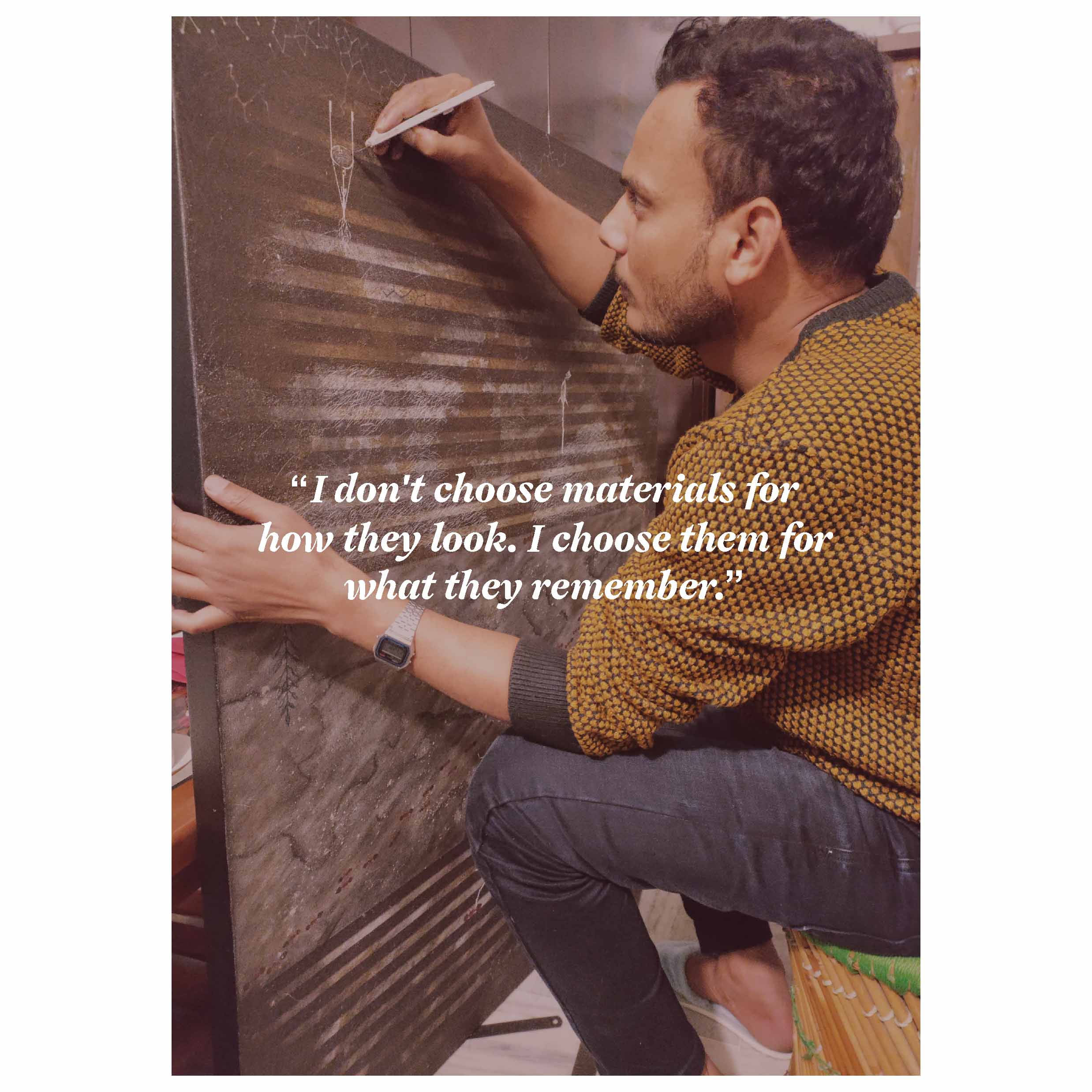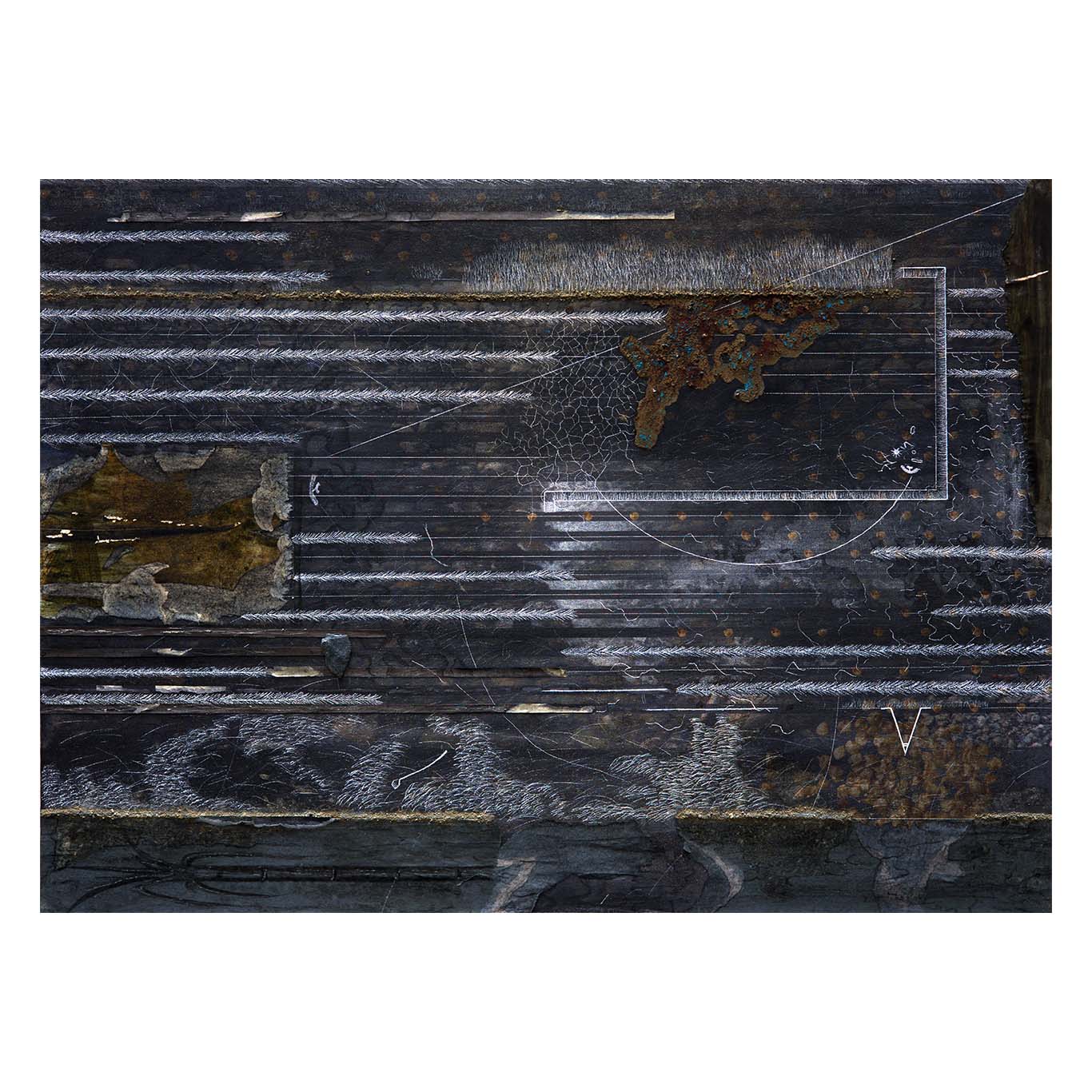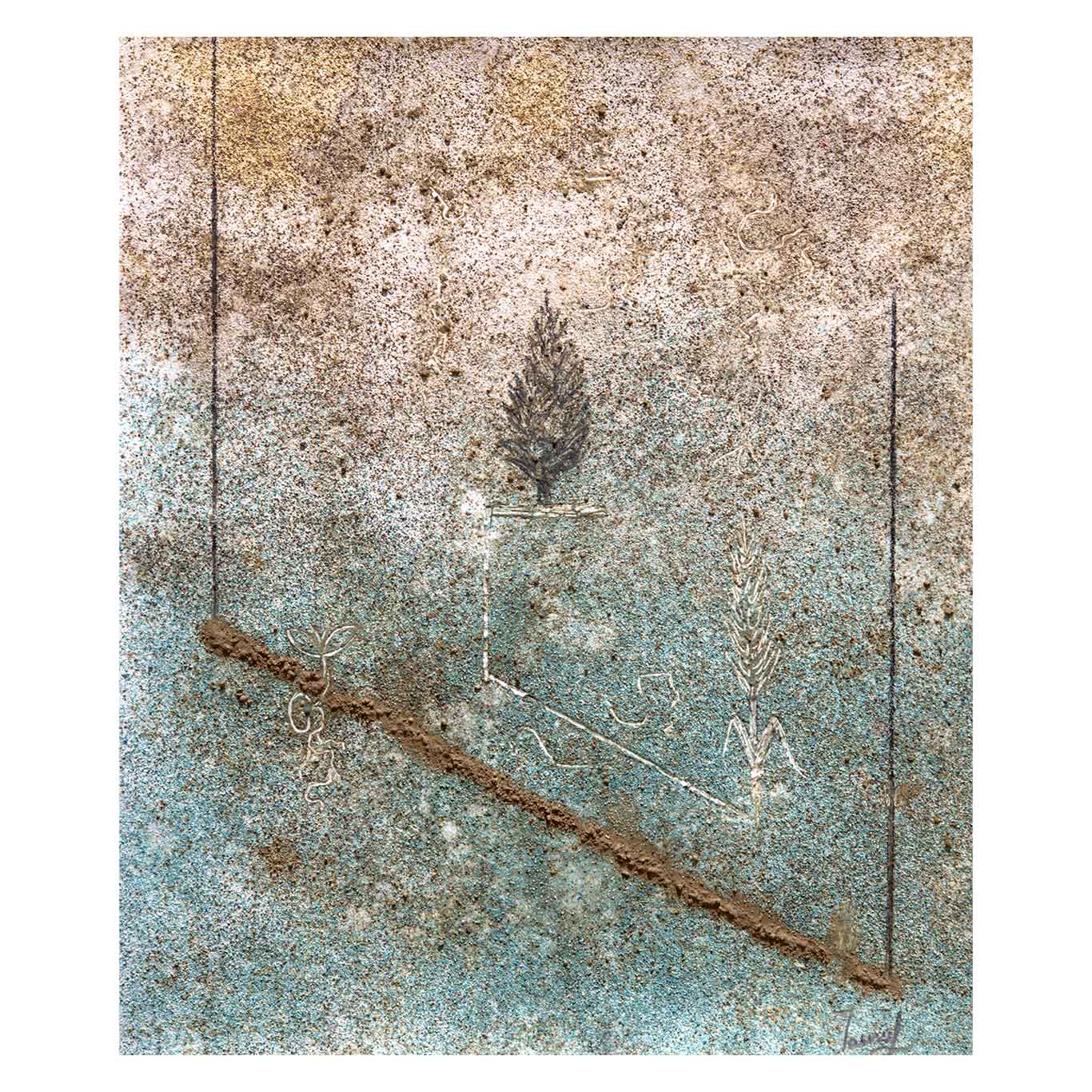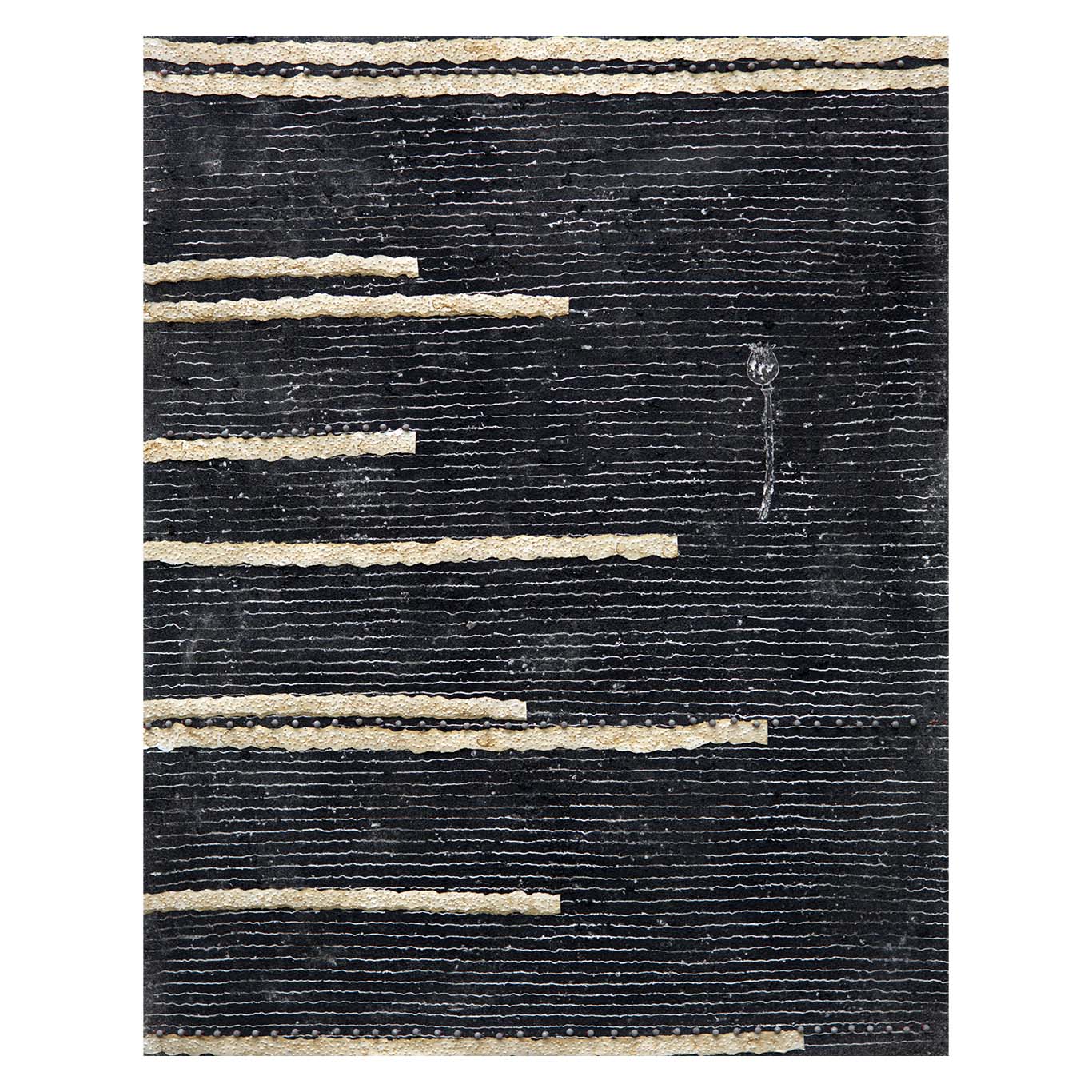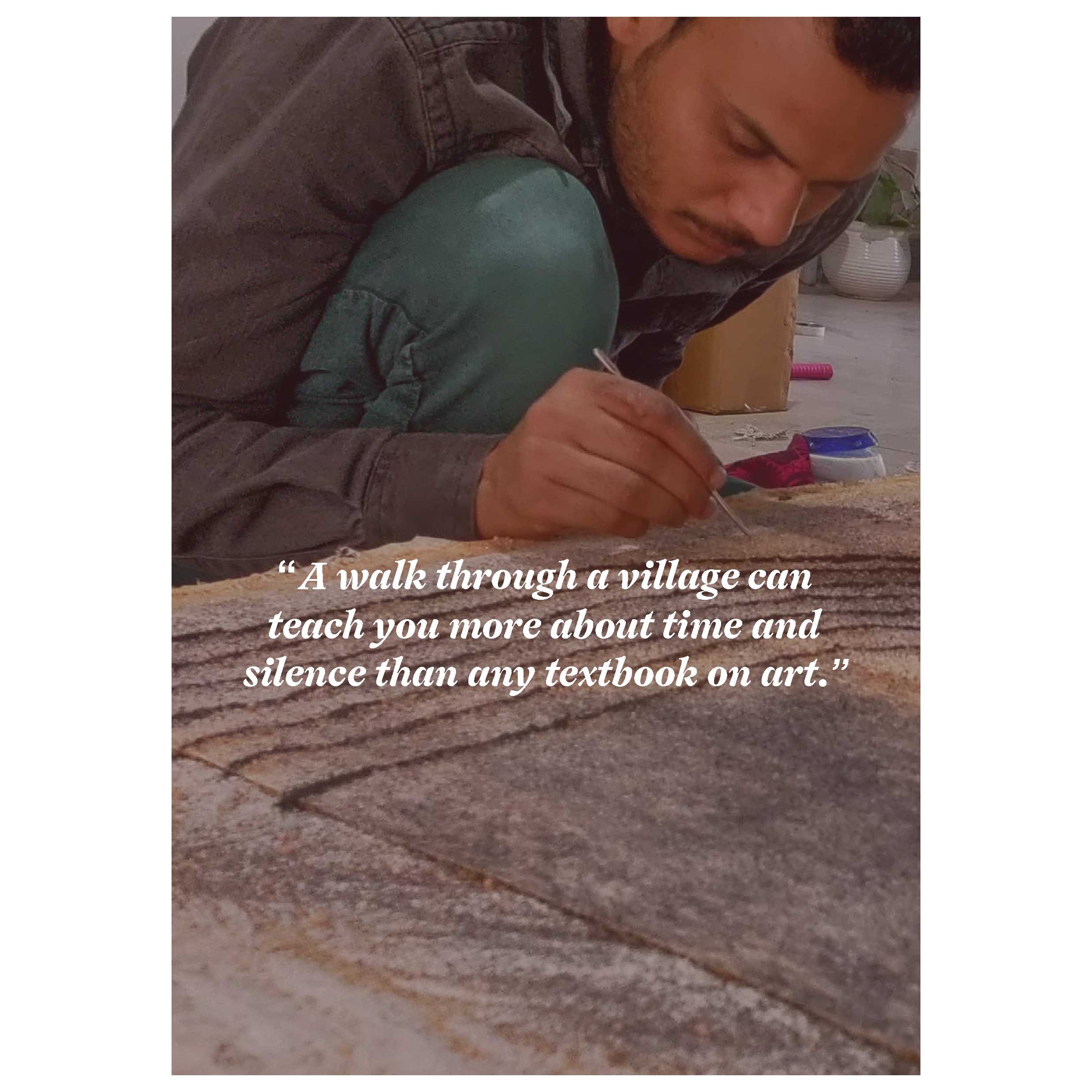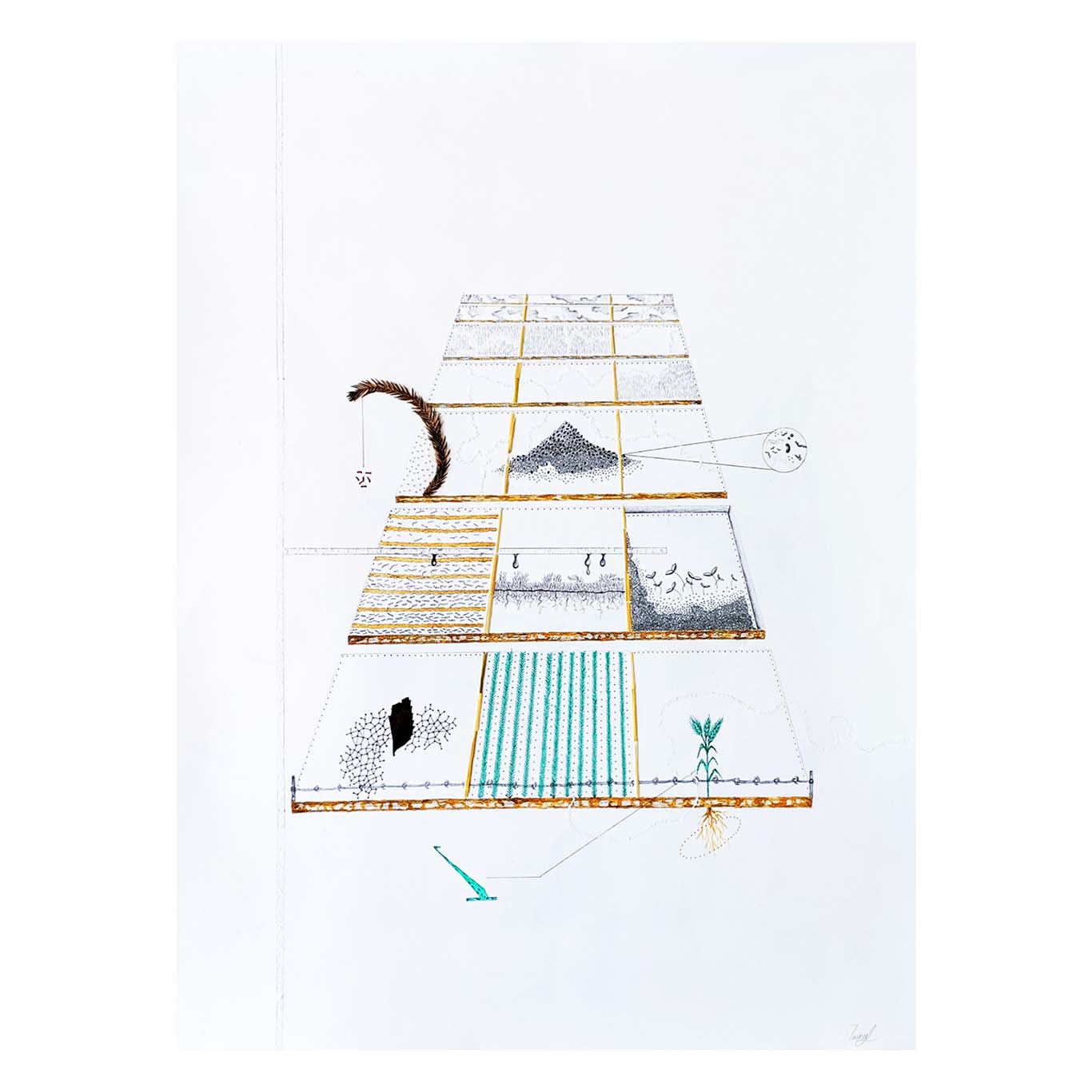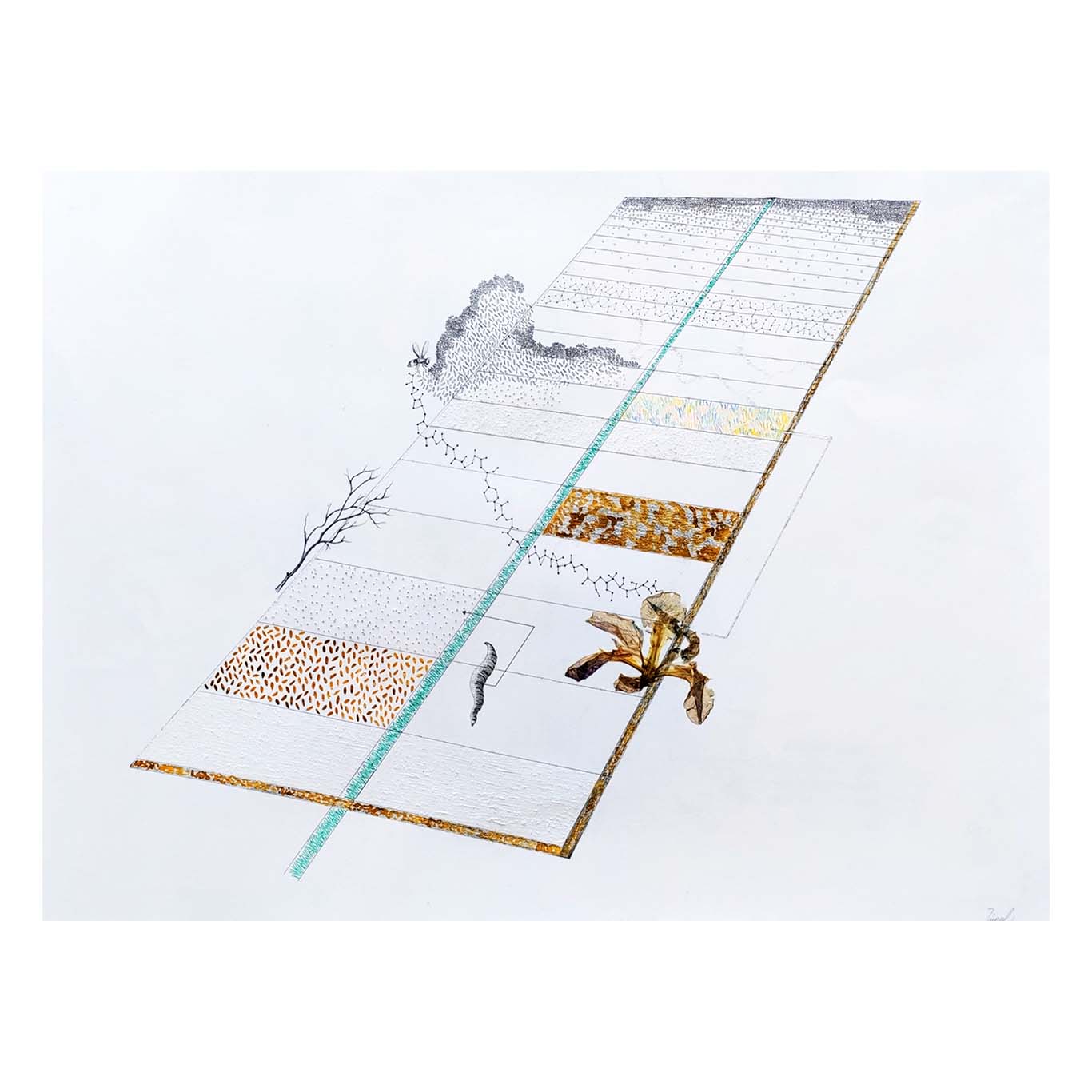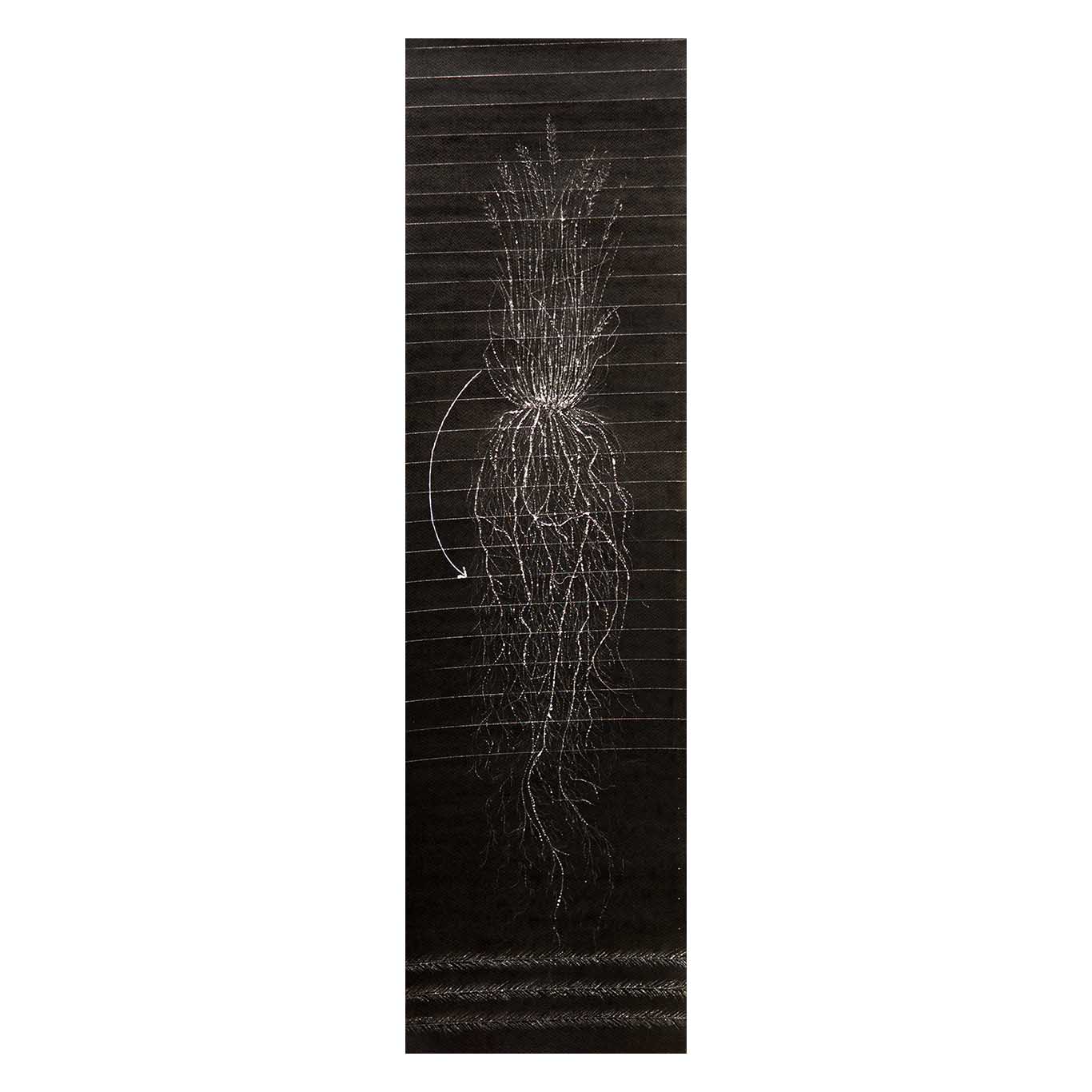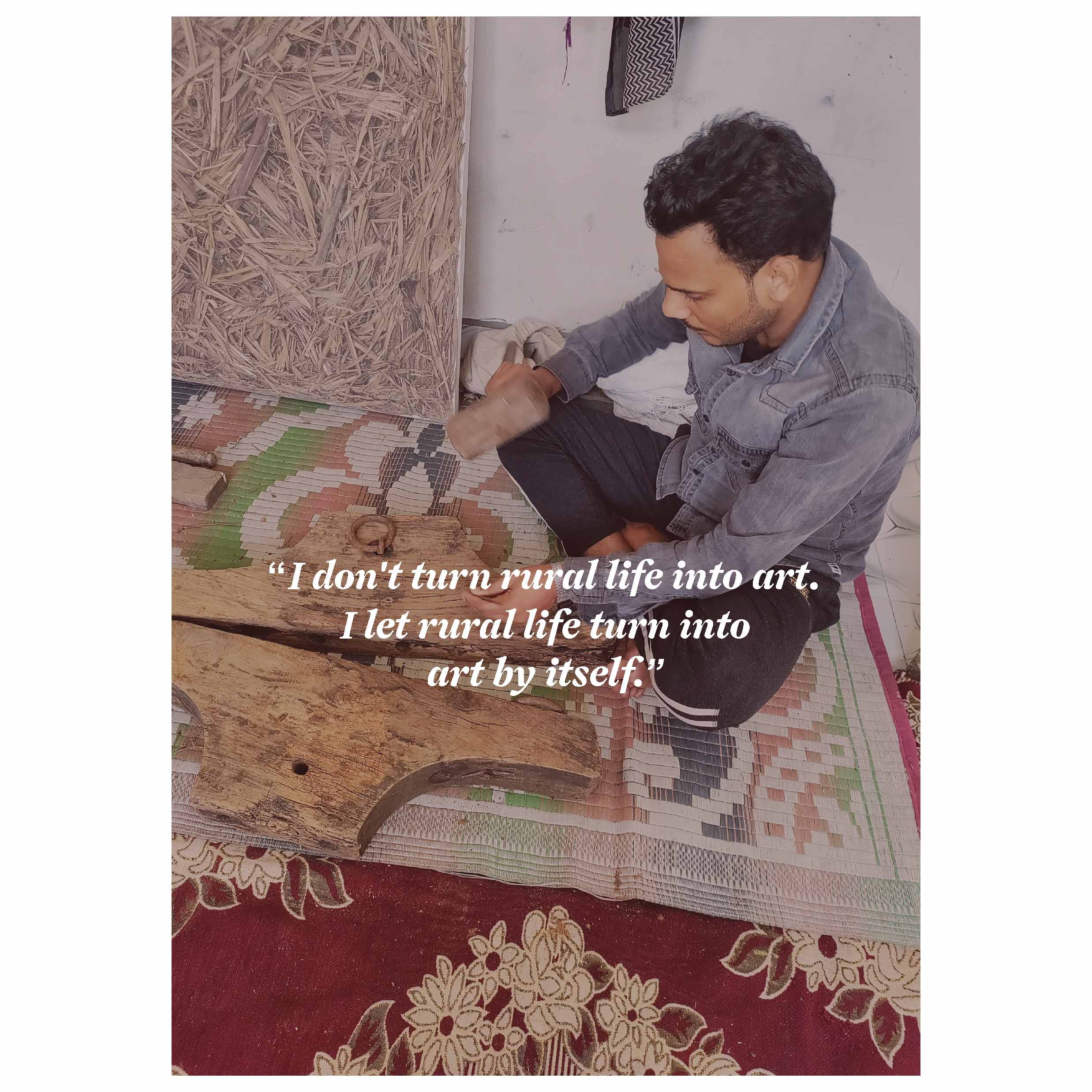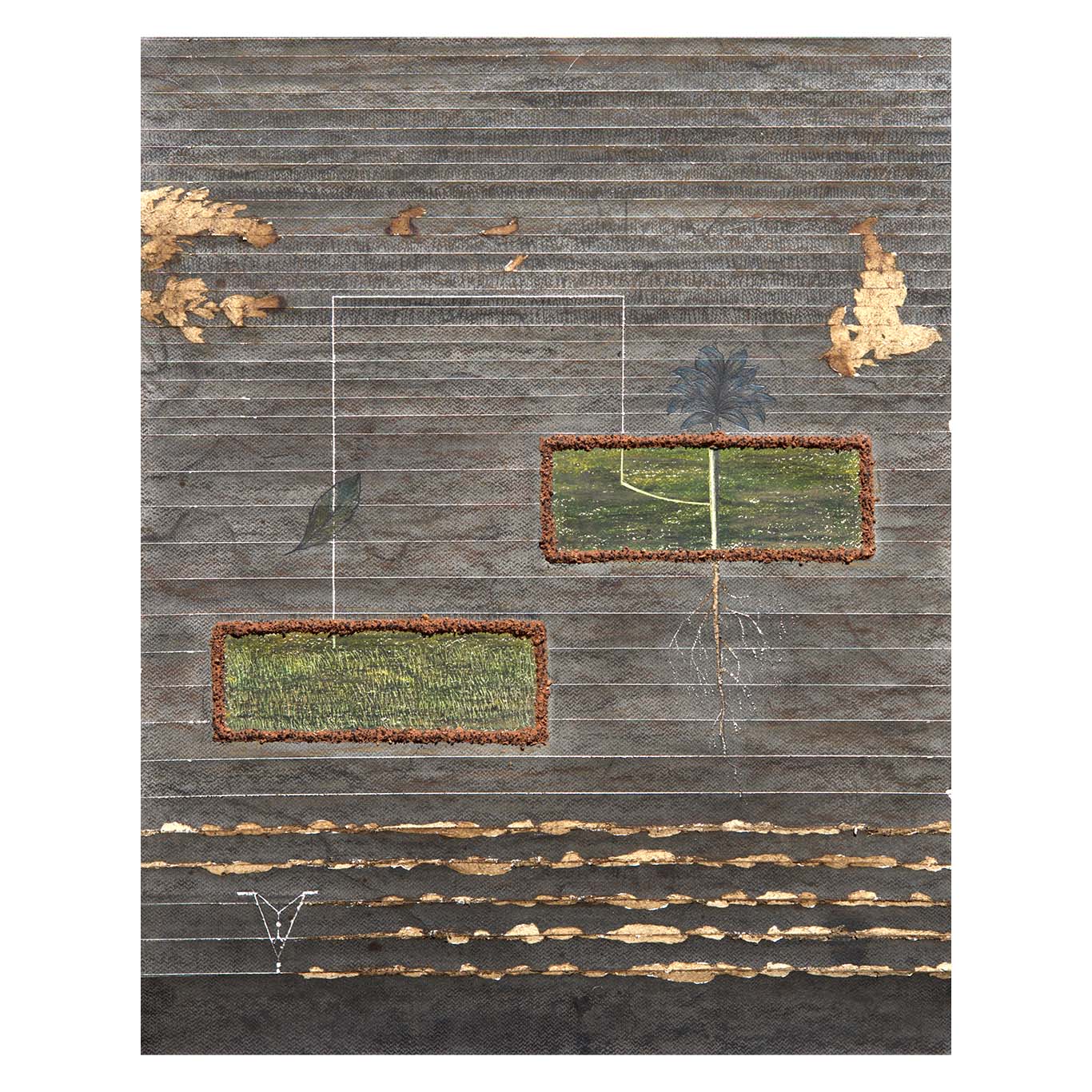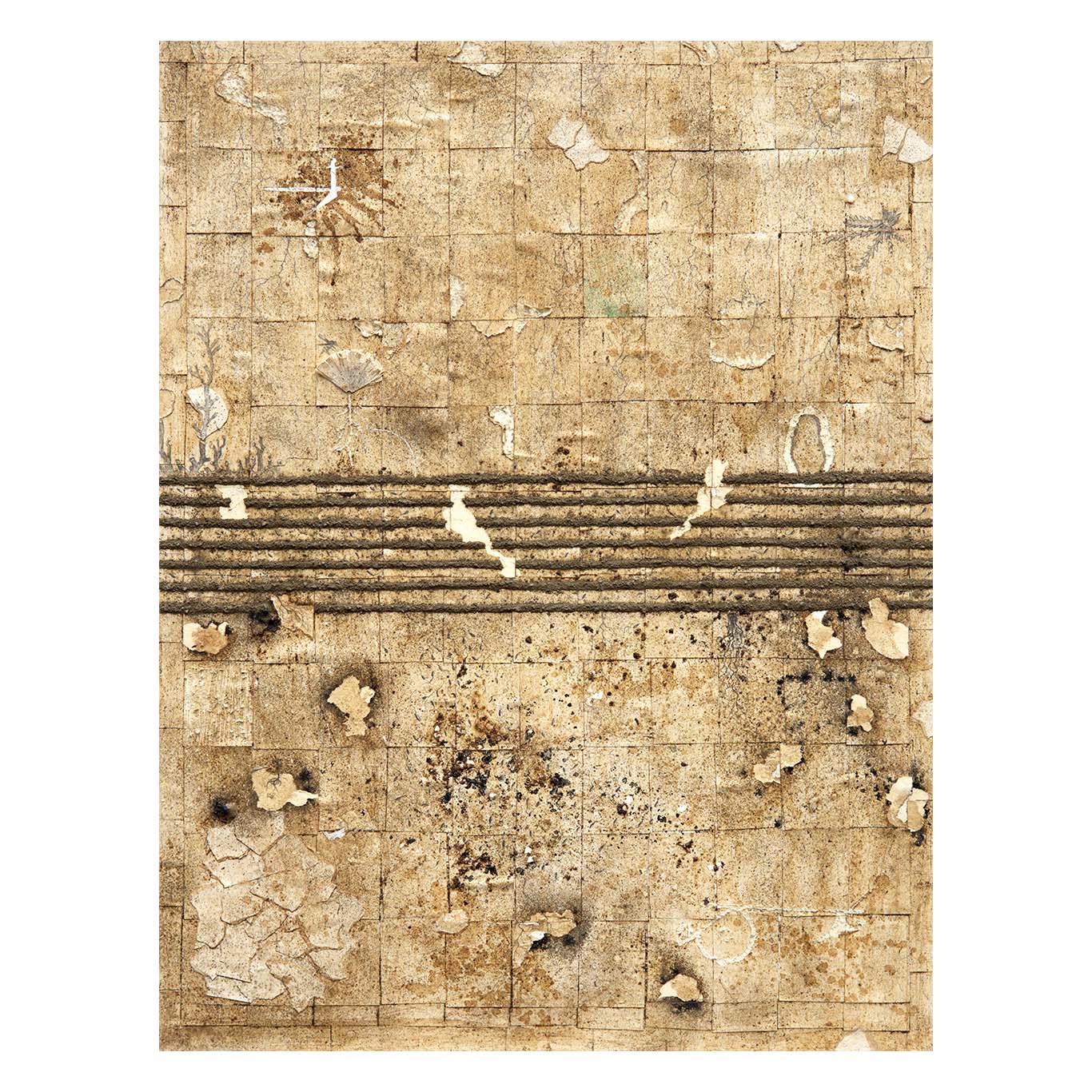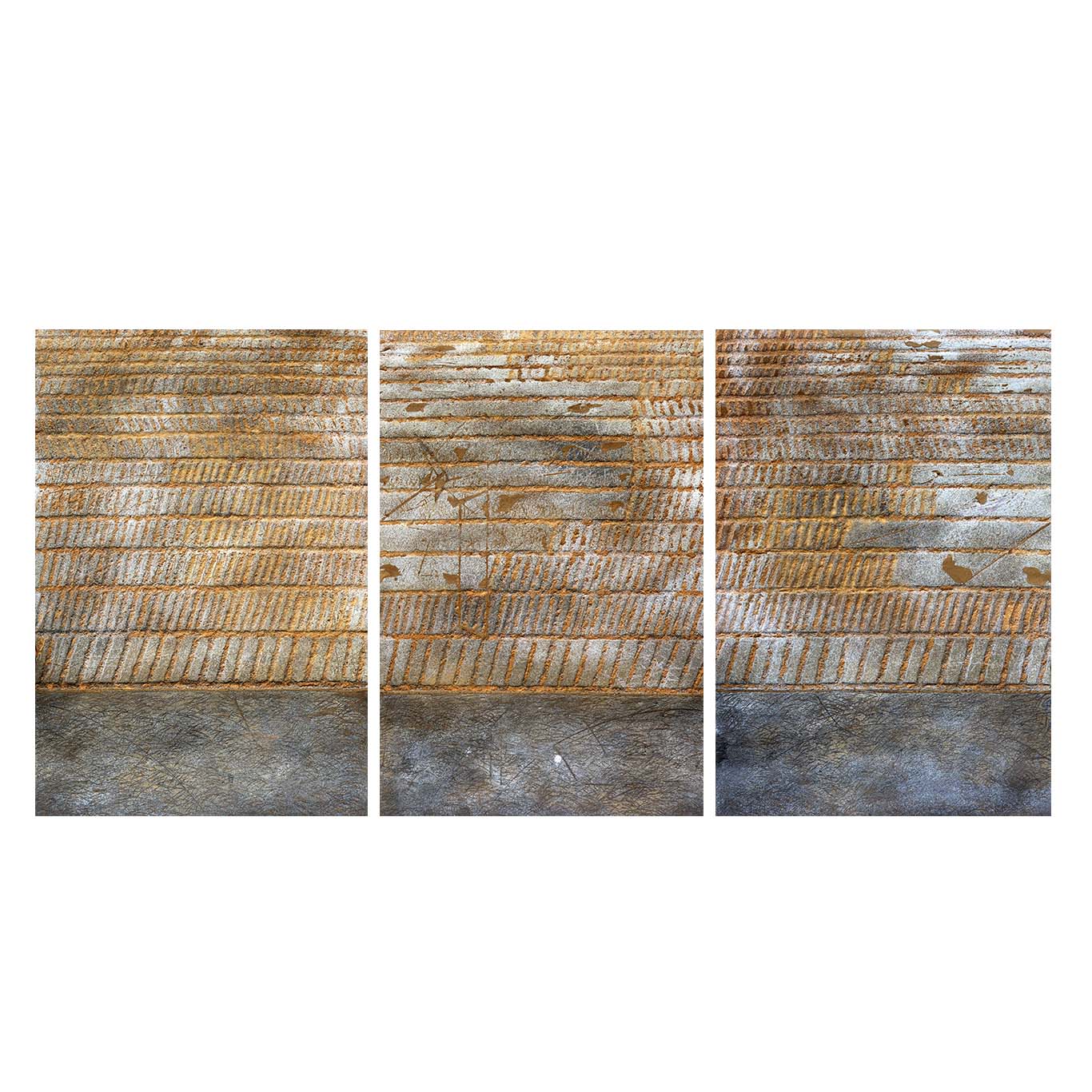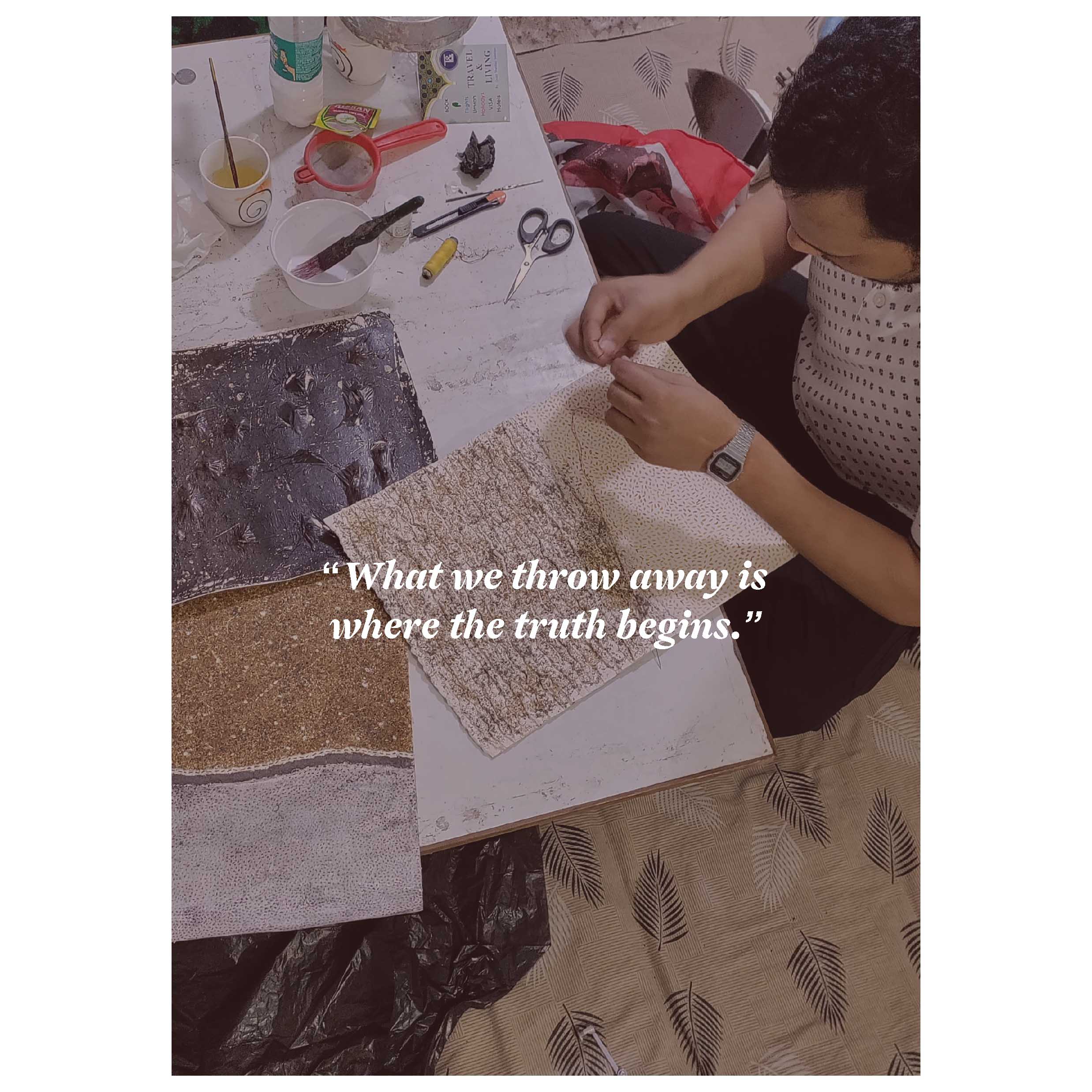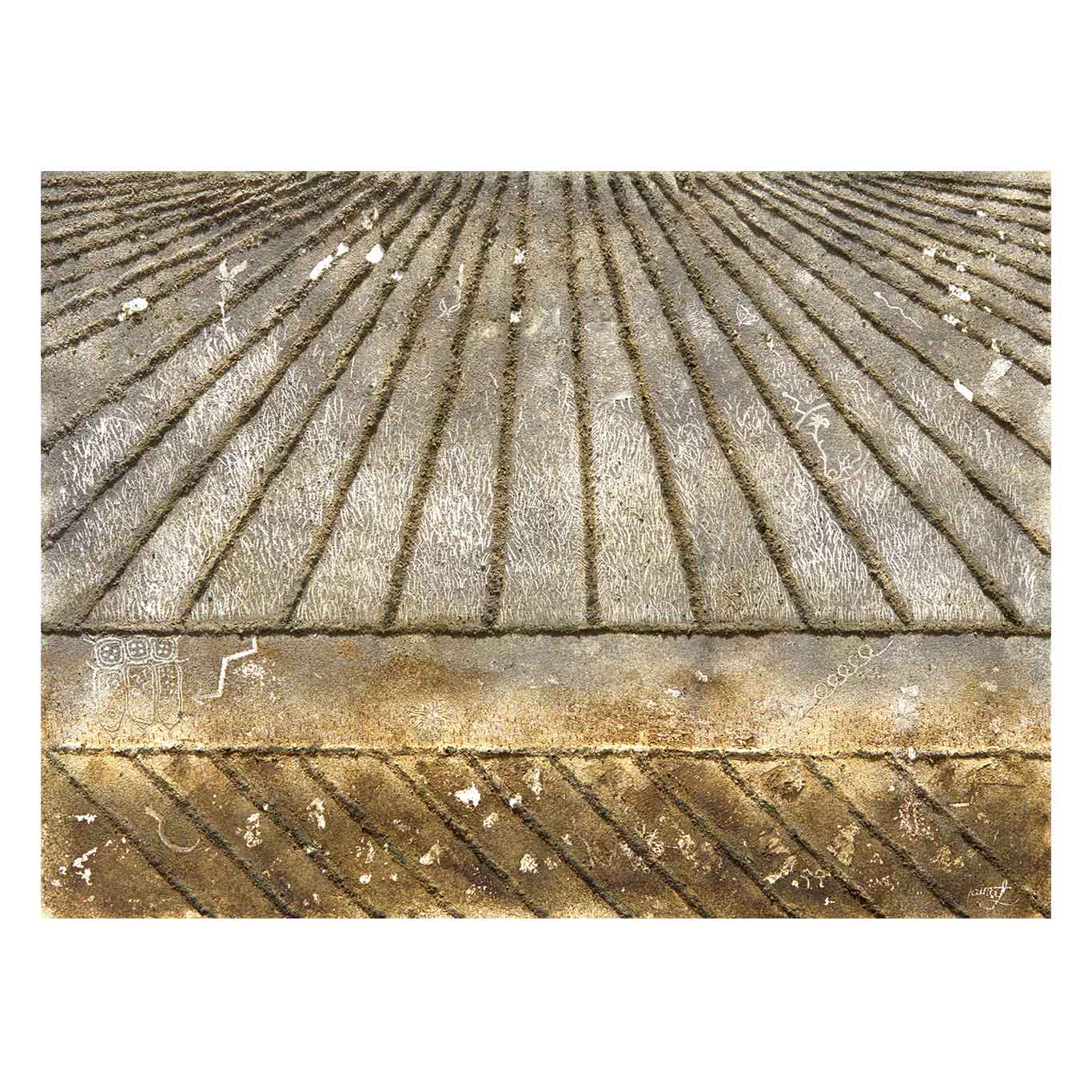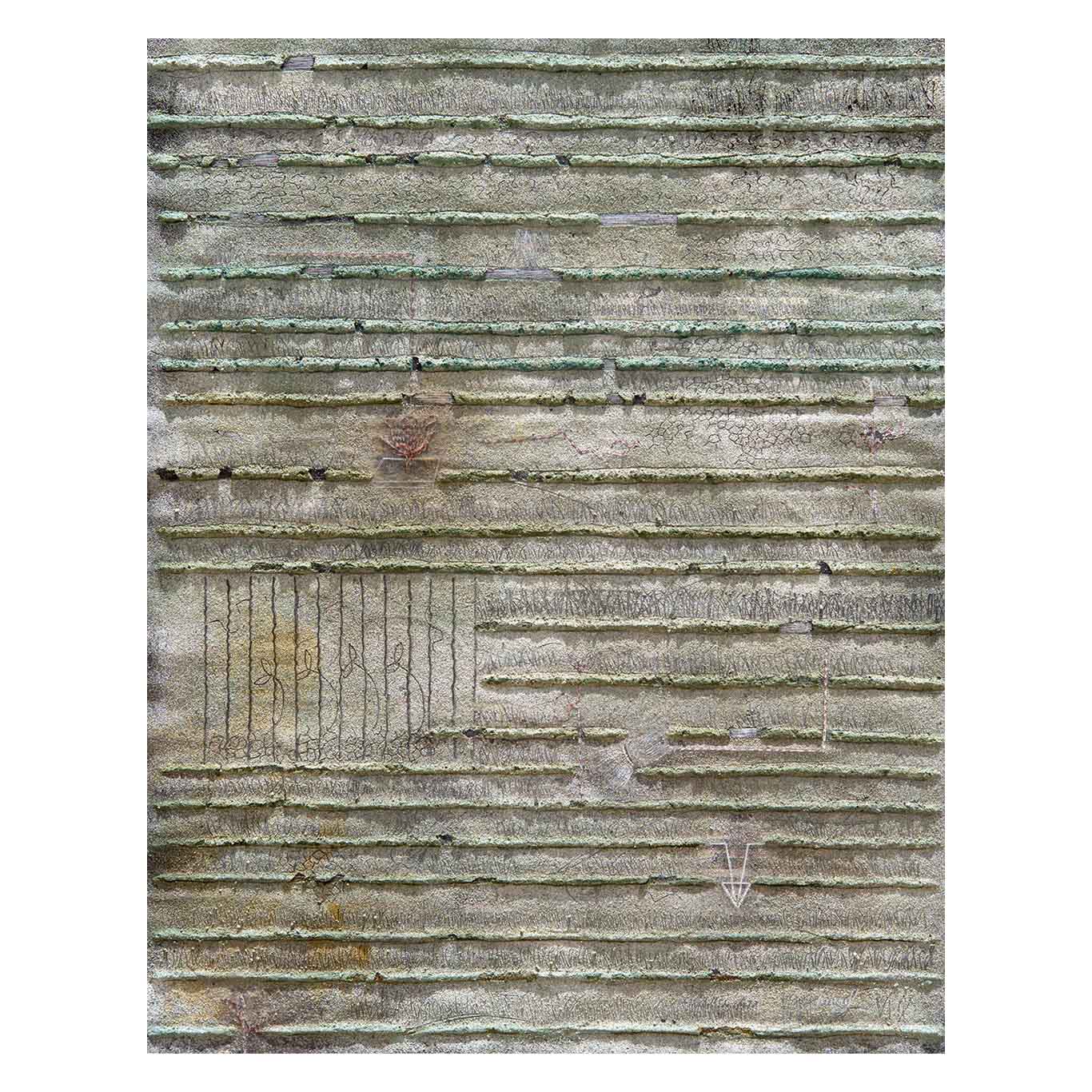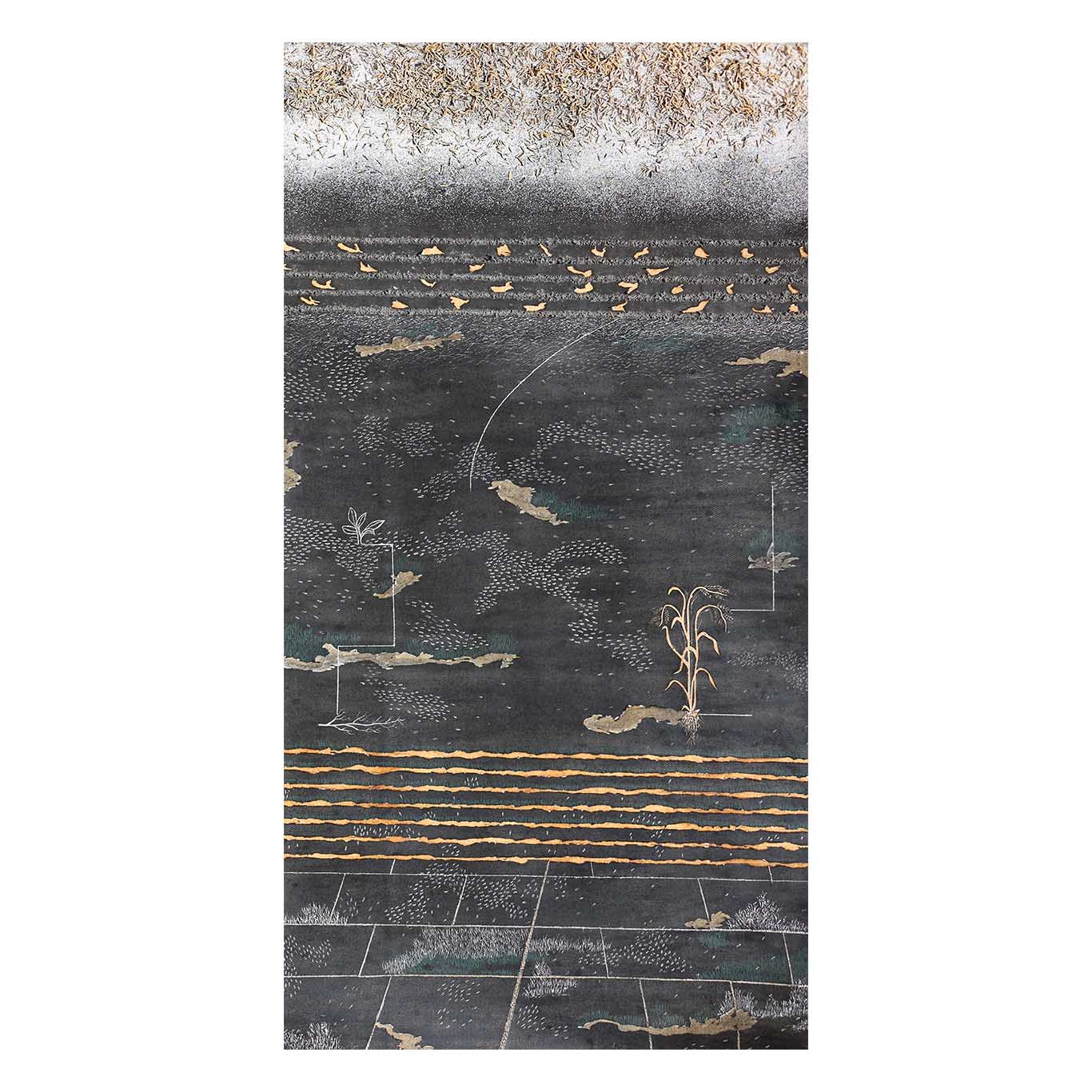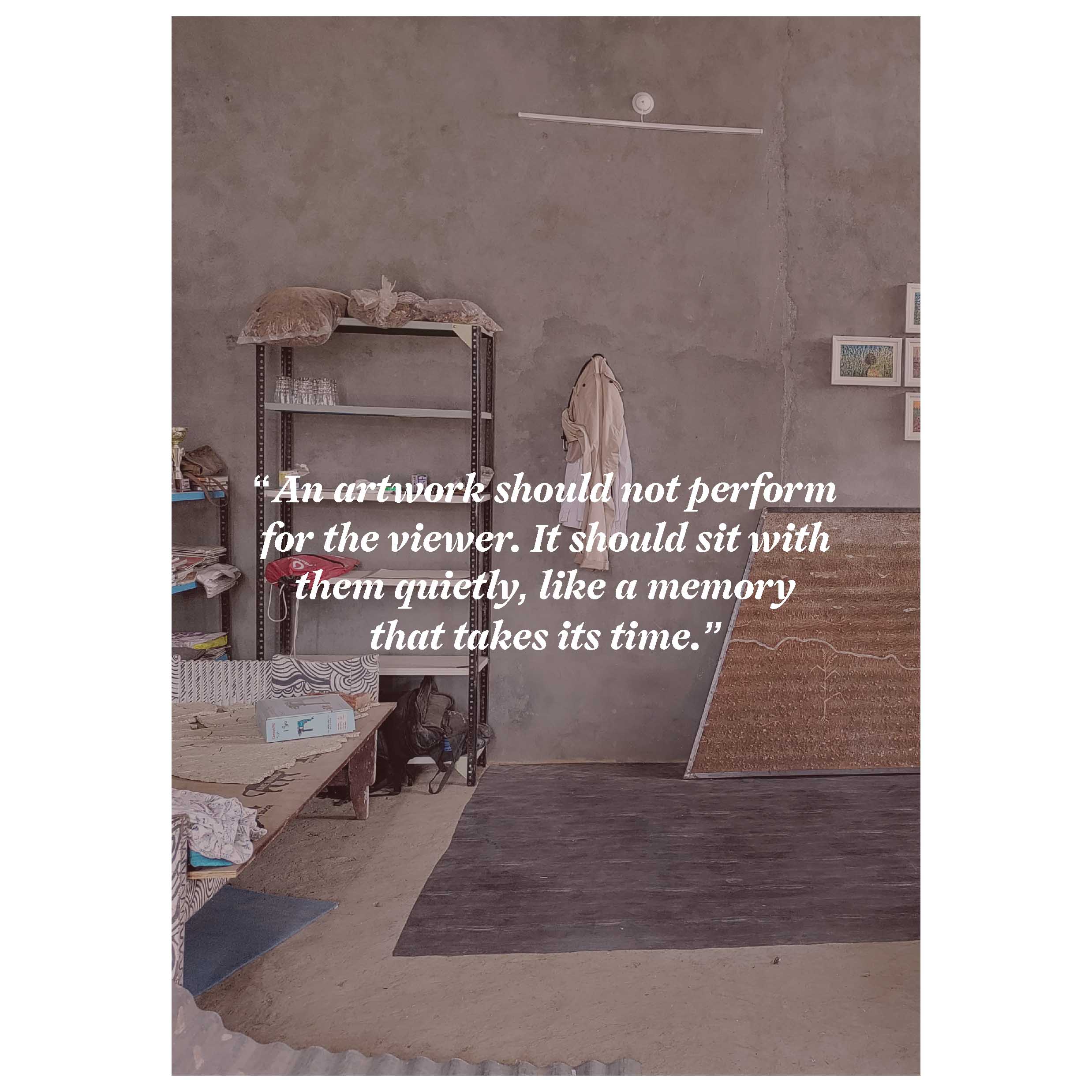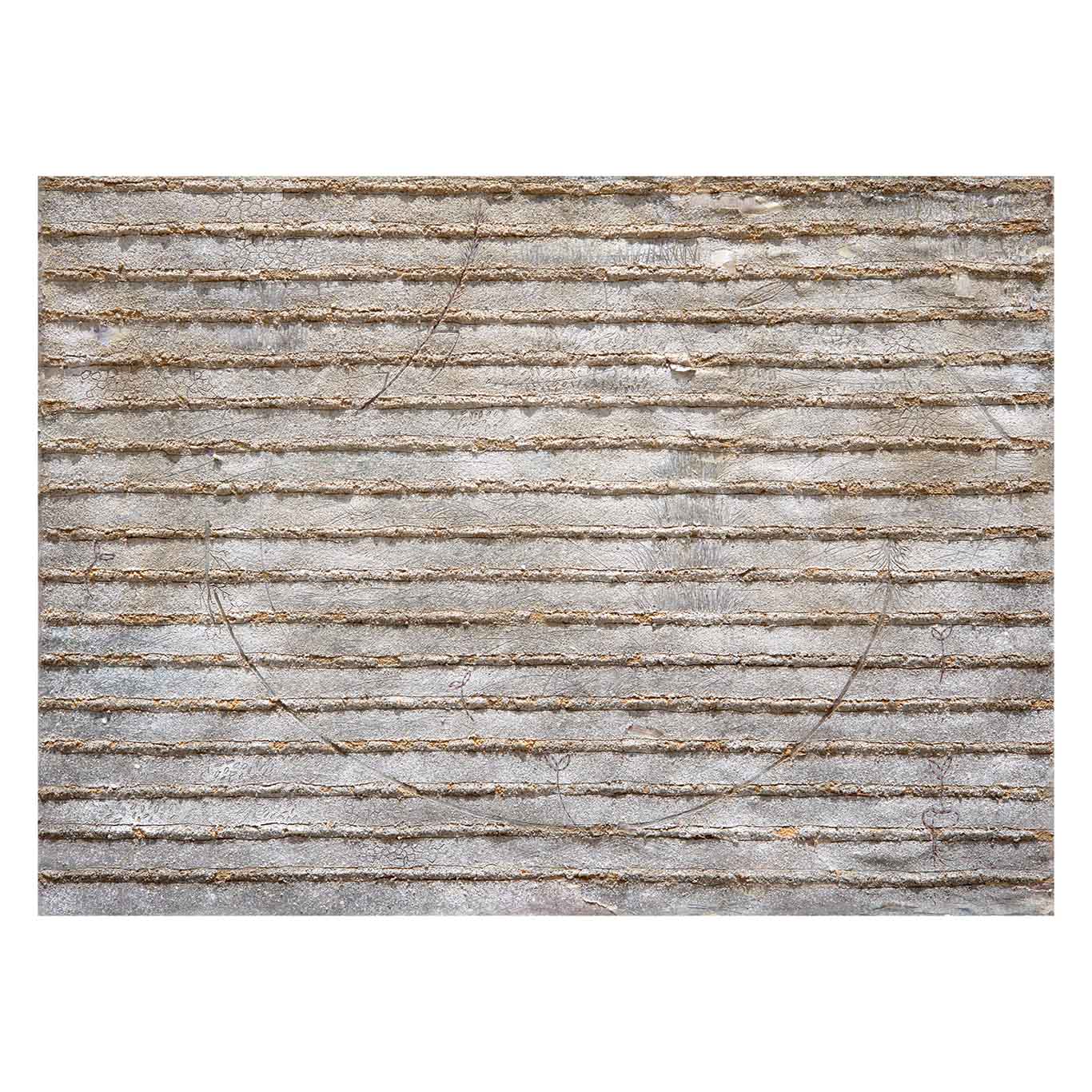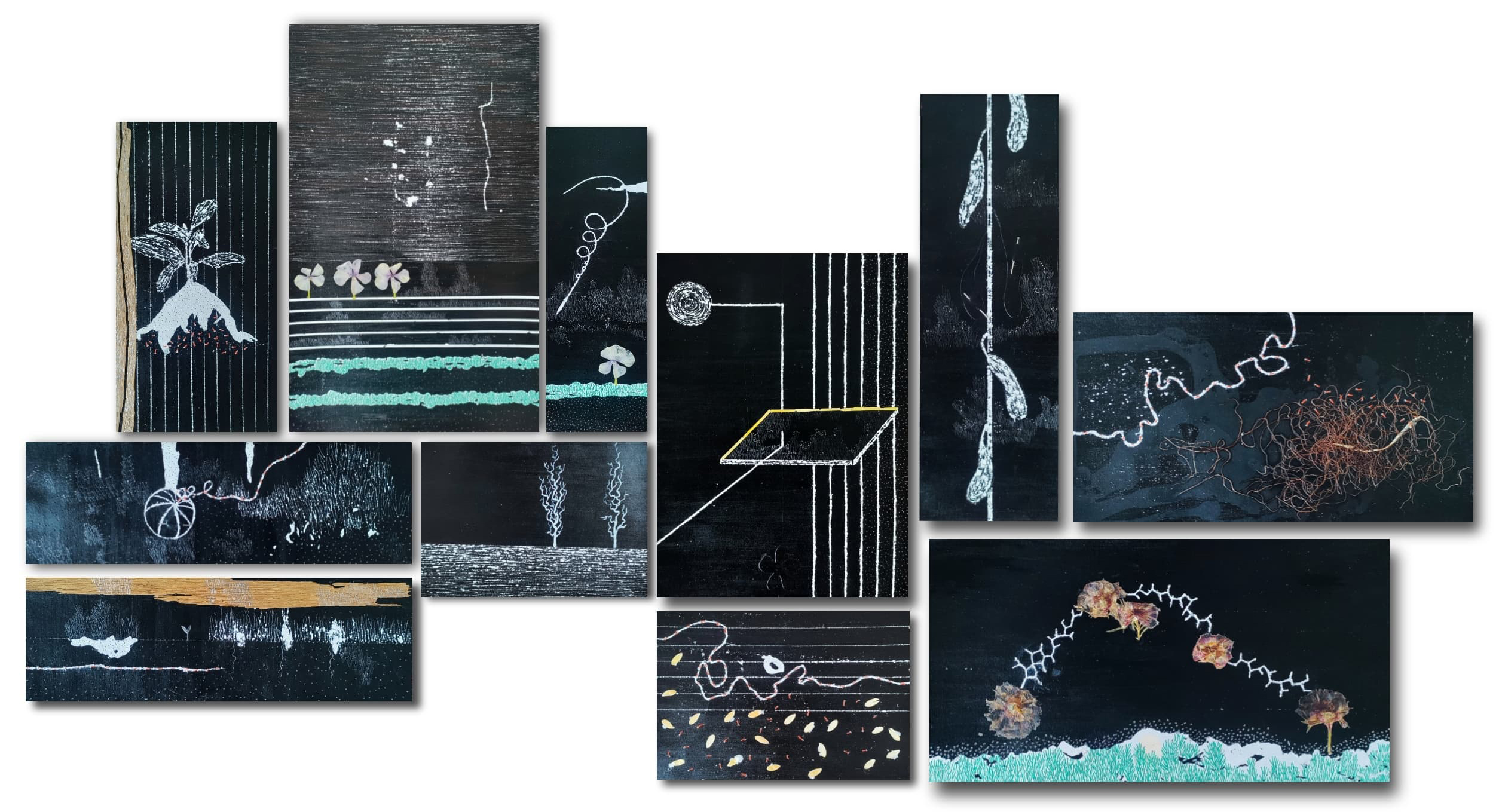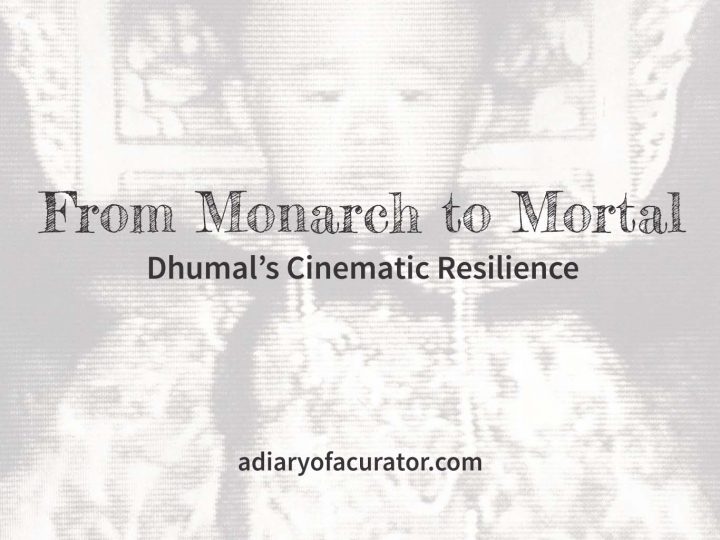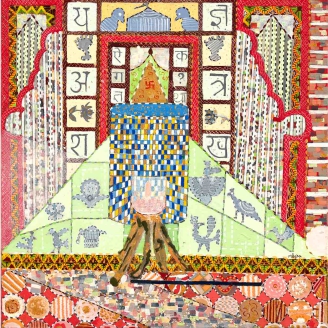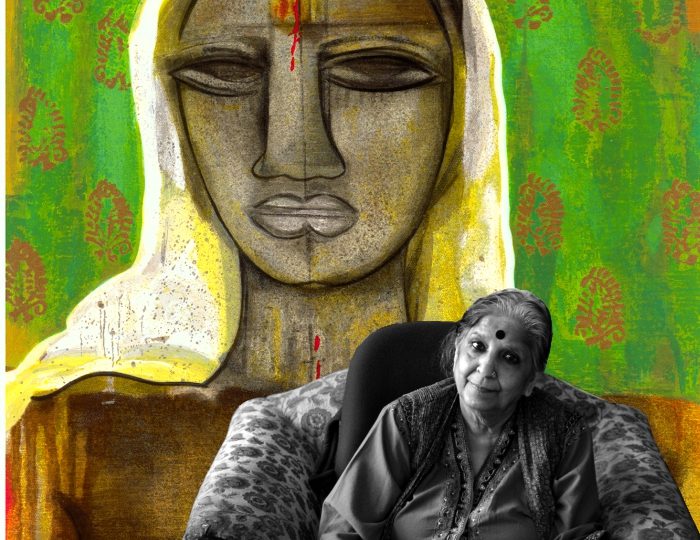Between Soil and Soul
“I don’t choose materials for how they look. I choose them for what they remember.”
Born in the humble village of Nawla, Muzaffarnagar, on a warm August day in 1995, Zainul Abdeen does not arrive with answers. He walks. Slowly. Quietly. Through villages, through memory, through the edges of what is often unseen. His work is not born in the studio, but in the soil gathered from dust paths, seed trails, broken twigs, and silences that cities have forgotten how to hear. Between soil and soul, he finds a space where art no longer needs to declare itself. It simply becomes. Each work is less a performance and more an offering, shaped not by expertise but by presence. In his hands, material does not transform, it remembers. And in that remembering, something sacred returns.
Beginnings Without Noise
Zainul was not trained to seek spectacle. He was trained to observe. First at AMU, where the rigour of making met the rawness of intuition, and later, in life itself — barefoot, outside the studio walls, under open skies. From the beginning, there was no rush. No need to impress. He worked the way trees grow, slowly, patiently, and in conversation with their surroundings. His ten-day barefoot journey from Aligarh to Uttarakhand was not a performance, though it has the arc of one. It was not a project, though it produced many. It was, quite simply, a way to listen. To walk until the body forgets itself. To collect without possessing.
The Return as Ritual
“A walk through a village can teach you more about time and silence than any textbook on art.”
He returned not with declarations, but with dust. With seeds. With silence in his gestures. It is in this return that his practice finds its anchor. The works that followed were not made from material, but from memory. You see it on the surface, rough, textured, unclean by conventional terms, but unmistakably alive. A piece of bark placed at an angle, a crushed seed pod embedded in a page, a line stitched not for symmetry but for breath. Nothing is imposed. Everything is allowed to speak in its own language.
Narratives Without Words
There is no narrative in his art, yet there is story. Not the kind that follows a plot, but the kind that drifts in and out of time. A viewer might stand in front of one of his works for several minutes and not know what it means. That’s alright. Meaning here is not delivered. It unfolds. Like how a village lane becomes familiar only after you’ve walked it five or six times. Like how silence begins to say more than words when you let it.
The Refusal to Perform
“I don’t turn rural life into art. I let rural life turn into art by itself.”
What makes Zainul’s art quietly radical is that it refuses to perform. In a time when art increasingly relies on spectacle, on polished surfaces, monumental scale, or curated controversy, his work sits like a well-used tool on a wooden shelf. It does not ask to be seen. It waits. And if you are quiet enough, it meets you. It meets you not with answers, but with traces. Traces of something older. Something slower. Something still.
The Rural, Without Nostalgia
He does not romanticise the rural. There is no nostalgia here. No soft lighting. No deliberate aestheticisation. Instead, there is fidelity. A kind of truth that comes only when you are not trying to explain a place, but simply live in it. His rural is not frozen in time. It breathes. It breaks. It shifts. And yet it holds a kind of dignity that the urban world so often overlooks. He does not use it for contrast. He lets it be what it is.
Matter That Remembers
“What we throw away is often where the truth begins.”
Zainul’s materials are not materials in the usual sense. They are lives. Each carries a memory of the ground it fell from, the hand that once held it, the season it belonged to. He does not use them as symbols. He lets them stay what they are. And in that choice, they begin to carry something more. Something emotional. Something devotional. You begin to feel that perhaps the dust is not just dust, but a remnant of a road walked with intention. That the thread is not decoration, but a line connecting past to presence.
Time That Breathes
There is time inside his work. Not the time of deadlines or calendars, but the slow time of waiting, of watching, of gathering. The kind of time that allows wood to weather and seeds to grow. It is the same time that lives in old houses and between long pauses in conversation. It is not imposed. It is present. And because of this, his work does not feel frozen. It feels breathing.
Atmosphere Over Image
“An artwork should not perform for the viewer. It should sit with them quietly, like a memory that takes its time.”
What stays with you after viewing his work is not just the image. It is the atmosphere. A shift in temperature. A sense of having visited somewhere. Somewhere quiet. Somewhere real. His work does not insist that you feel something. But it creates the conditions in which you might.
The Light That Stays
If art is often described as a mirror, Zainul’s is more like water in a shallow bowl. It does not show you yourself. It shows you how lightly you can look and how rarely we do. That is the gift. The work becomes less about the artist, and more about the act of seeing. Not seeing in the visual sense. But seeing in the way the body knows. The way memory surfaces. The way stillness moves.
And when the lights are off in the room, the room returns to dark, something remains. You cannot name it. But it remains. In the same way that a quiet afternoon stays with you longer than a crowded evening. Zainul Abdeen does not ask to be remembered. But his work does not leave you.
It walks with you. Like a shadow made of soil. Like a poem written without a pen..
Photos and Text © Chaitya Dhanvi Shah


